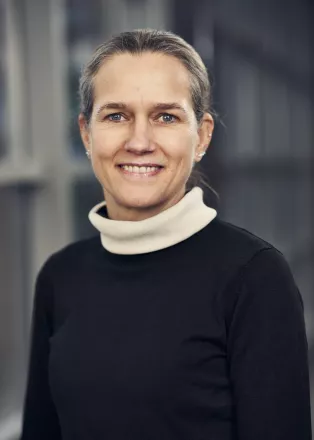Stem cells can make any inventor green with envy. They give rise to all the different types of cells that make up our body and have two fundamental properties: they can divide endlessly and specialize into all the body's cell types. Therein lies the ability to repair damaged tissue, inhibit cancer cells, and replace cells or organs that have stopped functioning. Stem cell research can revolutionize the treatment, cure, and alleviation of serious diseases.
For the past twenty years, this has been the guiding vision of researchers affiliated with Lund Stem Cell Center. Together, the more than 300 researchers at the center have investigated, among other things, how stem cells can be used to understand, treat and alleviate diseases and improve the quality of life for thousands of patients. Their discoveries over the years have contributed to a greater understanding of stem cells and their potential applications in medical treatments. A recent and high-profile example of this is the recently launched clinical trial for the treatment of Parkinson's disease through stem cell transplantation.
Recent advances in research give renewed hope that innovative cell therapies may soon be used to treat and cure a range of other chronic diseases. Since opening its doors, Lund Stem Cell Center has played an important role in establishing stem cell research and cell therapies in Sweden and has also played an important role in creating collaborations between researchers and clinicians from around the world.
"Medical research is now undergoing major changes, not least in what is known as regenerative medicine. In the long term, we will see more and more advanced therapies, so-called ATMPs, reaching the public. But success requires collaboration. Over the past twenty years, the field has gone from being the work of individual researchers to being based on national and international collaborations, not least with the health sector. This is necessary as we move forward in this field of knowledge," says Johan Jakobsson, professor of neuroscience and coordinator of Lund Stem Cell Center.
The pioneering research taking place at the center today builds on previous work (see "Historical Snapshot" below), and in the long term has the potential to change the lives of many people who currently suffer from diseases for which there is no cure or treatment.
"It is exciting to think back to the research conducted in the 1980s and how Lund University has been at the forefront of developing stem cell therapies," says Anna Falk, Professor of Neuroscience at Lund University and a researcher at Lund Stem Cell Center.
Symposium with top international researchers
In the same way that Lund Stem Cell Center was inaugurated in 2003, the 20th anniversary will be celebrated with an international symposium this April.
"This will be a way to welcome some of the prominent researchers in the field to describe and discuss what is happening in the world of stem cell research," says Johan Jakobsson.




